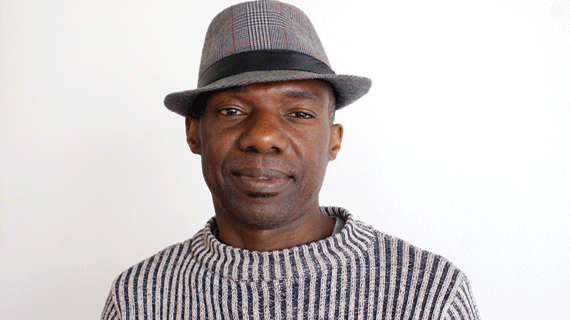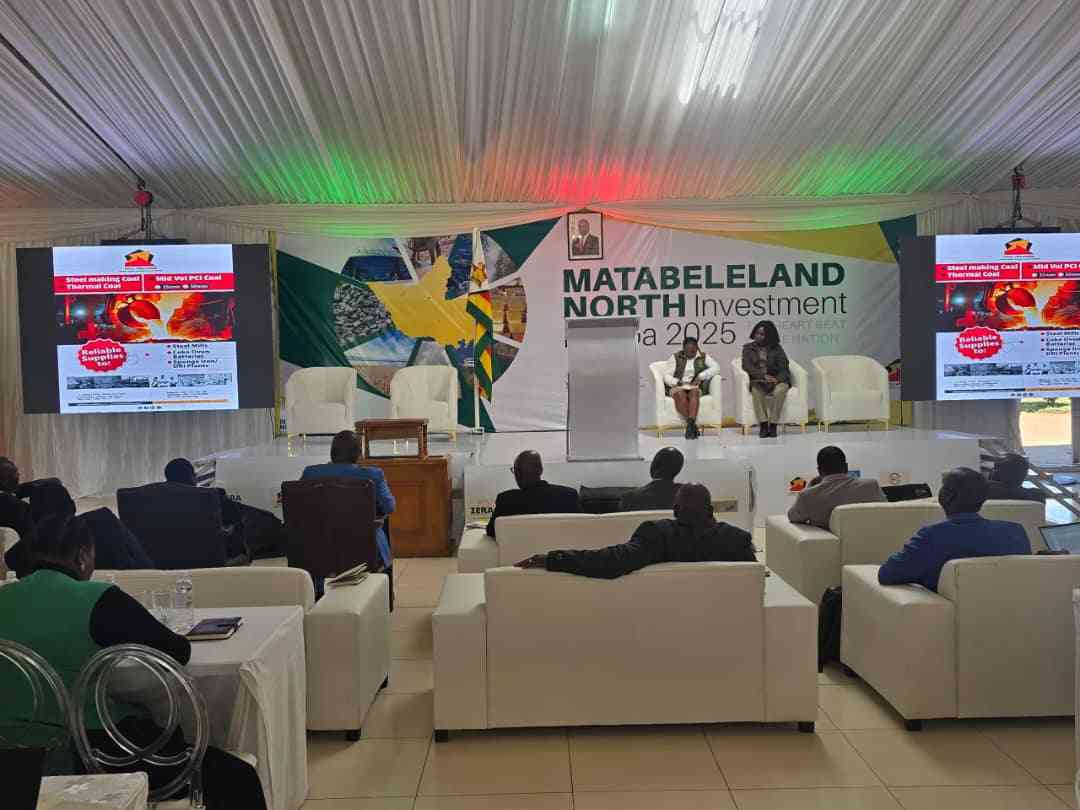
WHEN the news of what is now known as “salarygate” broke out in the Zimbabwean media, there was shock and outrage right across all levels of society.
Yet what seemed to escape the attention of many was the untold damage the revelations were doing to the reputations of the organisations headed by the chief executives accused of alleged impropriety.
The scandals had to do with allegations of chief executive officers (CEOs) of parastatals and State enterprises being awarded “outrageous” salaries and perks against a background of negative balance sheets, dysfunctional service delivery and employees going without pay for months on end.
Without doubt, “salarygate” has been the most catastrophic crisis to negatively impact on the reputation of statutory bodies since independence in 1980.
Fed by social media networks, the 24-hour news cycle and wide mobile phone coverage, the media frenzy raged like a veld fire showing how it is becoming increasingly difficult to manage people’s perceptions about organisations and their performance.
Granted that the majority of these organisations are State enterprises, it did not surprise anyone that the scandals hogged the limelight receiving front page treatment, and that the “culprits” deserved whatever was coming to them.
From a public relations point of view, most of the affected public corporations have failed the basic test of crisis management.
This is by maintaining a vow of silence or simply going underground in the face of intense media scrutiny hoping that it would eventually go away.
- Chamisa under fire over US$120K donation
- Mavhunga puts DeMbare into Chibuku quarterfinals
- Pension funds bet on Cabora Bassa oilfields
- Councils defy govt fire tender directive
Keep Reading
Not while the media are stocking the fire.
A media consultant has put it this way: “You can’t hide your face when your bare behind is exposed for all to see.”
He was referring to the classic ostrich “head in the sand” defensive poise.
“The fundamental mistake that these organisations were making was in hoping that the scrutiny would go away if they remained below the radar,” he said.
Some organisations fail to appreciate that how they behave, act and respond to the crisis at hand as individual entities impacts on their reputations. Any moves to hide from scrutiny translates into culpability in the perceptions of many.
There is no safety in numbers in such cases. Ultimately, the kind of behaviour that matters is how each entity manages the crisis.
This actually matters more than the crisis itself.
Corporate reputation provides the most credible assurance to consumers that their products or services are desirable and safe. And yet a reputation that has been built over years can be destroyed in one fell swoop in a crisis.
According to Balmeri, reputation is the enduring perception held of an organisation by an individual, group or network that forms a collective system of beliefs and opinions that influence people’s actions with regards an organisation.
Corporate reputation is arguably the most valuable asset entrusted by the shareholders and board to the CEO and the management team. It is thus worth protecting.
According to reputation expert Charles Fombrum, building a good reputation relies on reliability, responsibility, credibility and trustworthiness that contribute to creating a good culture.
From an operational perspective, the CEO as head is the face of the organisation. If he is found guilty of any misdemeanour, it goes without saying that this is bound to negatively affect its image and reputation. This depends on how visible he is.
Martha Stewart was the identity, heart and soul of her organisation. When she was convicted of insider trading in 2008, the share index of Martha Stewart Inc took a severe knock.
That was until the organisation forced a Ceasarian section that effectively seperated the battered image of the embattled CEO and that of her company.
The public’s perception of the whole organisation, along with that of other stakeholders, is affected by the blunders or the impropriety of its CEO. The entire image of the organisation rests with the CEO and the way he represents it to stakeholders through the media. Conversely, the way the media portrays the CEO has a positive or negative impact on his organisation’s reputation. In an ideal situation, the CEO and his organisation should be well equipped and trained to tackle any crisis — particularly one that is generated by the media. However, in the case of salarygate, we had, and still have, what strategic planners call a worst case scenario, a situation where a crisis evolved out of another crisis. Next week we examine what these crises were and how the leadership of the affected organisations could have handled them. A crisis can happen to any organisation at any time and it can shatter a reputation that has been built over time. It is the preparedness that makes all the difference. Experts suggest that strategy should address reputation weaknesses through evolution not revolution.
Lenox Mhlanga is a commmunications and media consultant as well as an accredited trainer. He can be contacted at [email protected]










